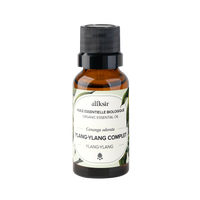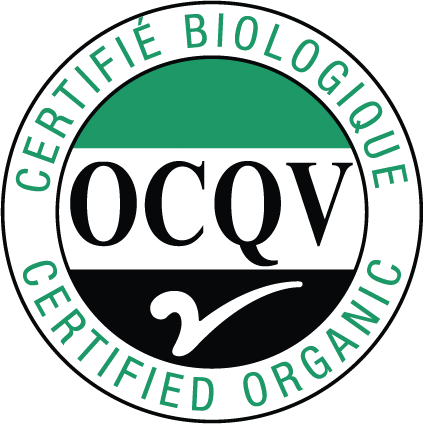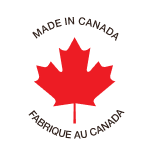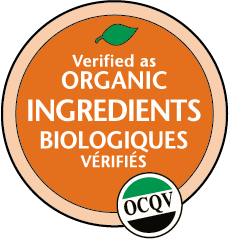






- Home
- Complete Ylang-ylang (Cananga odorata) - Organic Essential Oil
Complete Ylang-ylang (Cananga odorata) - Organic Essential Oil
Couldn't load pickup availability
| Latin name: Cananga odorata |
| French name: Ylang-ylang |
| English name: Ylang-ylang |
| Family: Anonaceae |
| Country of origin: Madagascar |
|
Ylang-ylang essential oil is extracted from a small tree native to the tropical regions of Indo-Malaysia. Introduced by European explorers, it has since naturalized in many tropical islands of the Pacific, Atlantic, and Indian Oceans. The Latin name Cananga comes directly from its traditional name in Malay, Kananga or Kenanga . Distilling ylang-ylang is a unique and delicate process. The first documented attempts date back to 1860, by a sailor named Albert Schwenger . Attracted by its sweet and enveloping fragrance, the perfume industry quickly became interested in this essence and perfected a particular extraction method. Ylang-ylang essential oil is obtained by fractional distillation, which gives rise to several qualities, depending on the time of collection during the process:
|
Data sheet
Uses
Tips
Safety
Chromatography
FAQ
Filter by category


